The National Instructional Media Institute (NIMI)plays a crucial role in making vocational education materials accessible to learners across India. As part of this mission, NIMI translates Instructional Media Packages (IMPs) into 13 regional languages, ensuring high-quality skill development resources are available to a wider audience. This initiative promotes the inclusivity and effectiveness of vocational training by overcoming language barriers, allowing learners from various linguistic backgrounds to better understand and apply technical concepts.
OBJECTIVES
Promoting inclusive learning is a key priority, by offering materials in multiple languages, students can grasp technical concepts in their native language. This approach broadens the reach of vocational education in rural and semi-urban areas where English proficiency may be limited. Standardizing content across languages ensures uniformity in vocational education materials, creating consistency in skill development nationwide. These efforts align with the Skill India Mission, reinforcing the government’s vision of enhancing skill development and empowering a skilled workforce across the country.
LANGUAGES COVERED FOR TRANSLATION
NIMI currently translates IMPs into the following regional languages:
- Hindi ( North and Central India)
- Tamil (Tamil Nadu)
- Telugu (Andhra Pradesh & Telangana)
- Kannada ( Karnataka)
- Malayalam (Kerala)
- Marathi (Maharashtra)
- Gujarati (Gujarat)
- Punjabi (Punjab)
- Bengali (West Bengal)
- Odia (Odisha)
- Assamese (Assam)
- Urdu ( regions where Urdu - speaking populations)
These translations enable that ITI students, trainers, and professionals to access learning materials in their preferred language, enhancing both understanding and the practical application of skills.
PROCESS OF IMP TRANSLATION
NIMI follows a systematic approach to translating and validating instructional materials to ensure accuracy and accessibility. The process begins with the selection of content for translation, where priority trades and subjects are identified based on demand from different states and language preferences. Professional translation is then carried out by language experts, technical translators, and vocational trainers to maintain technical precision and industry terminology. The translated content undergoes multiple review stages by industry experts and trainers to ensure clarity, grammatical correctness, and contextual appropriateness. Following this, validation and pilot testing are conducted in selected ITIs, allowing trainers and students to provide feedback for necessary revisions. Once finalized, the translated materials receive approval for printing and distribution in regional languages, while digital versions are made available through online portals and e-learning platforms, expanding access to quality vocational education.
TYPES OF TRANSLATED IMPS
NIMI translates a wide range of instructional materials to enhance accessibility and comprehension for diverse learners. This includes trade theory and practical books, which serve as core subject materials for technical education. Trainer guides and lesson plans are also translated to help instructors deliver lessons effectively in their regional language. Additionally, multimedia content such as instructional videos is dubbed and subtitled to improve understanding. Question banks and assessment tools are made available in multiple languages, enabling students to prepare for exams in their native language. Furthermore, digital e-content, including PDFs, e-books, and mobile-friendly formats, ensures easy access to learning materials across various platforms.
IMPACT OF TRANSLATING IMPS INTO REGIONAL LANGUAGES
Translating instructional materials plays a crucial role in bridging the language gap, helping students who are not proficient in English or Hindi access quality vocational education. This initiative encourages more enrollments in ITIs by making vocational training more appealing and accessible to a wider audience. By providing learning materials in native languages, students can better retain and understand technical concepts, leading to improved learning outcomes. Additionally, these efforts support rural and semi-urban learners, ensuring that skill education reaches underserved areas. Ultimately, this approach boosts employability by empowering students with industry-relevant skills in their native language, making them more confident and job-ready.
FUTURE PLANS
NIMI is committed to expanding the reach of vocational education by translating instructional materials into more regional languages based on demand. To enhance accuracy and efficiency, AI and machine learning technologies are being integrated into the translation process. Additionally, voice-based learning modules are being developed to provide audio-based education in different languages, further improving accessibility. Collaborations with state governments and industry partners ensure the development of localized content tailored to specific regional needs. Moreover, digital distribution is being enhanced by making translated content widely available on mobile apps, YouTube, and online platforms. Through these efforts, NIMI is ensuring that vocational education becomes more accessible, inclusive, and effective for learners across India.

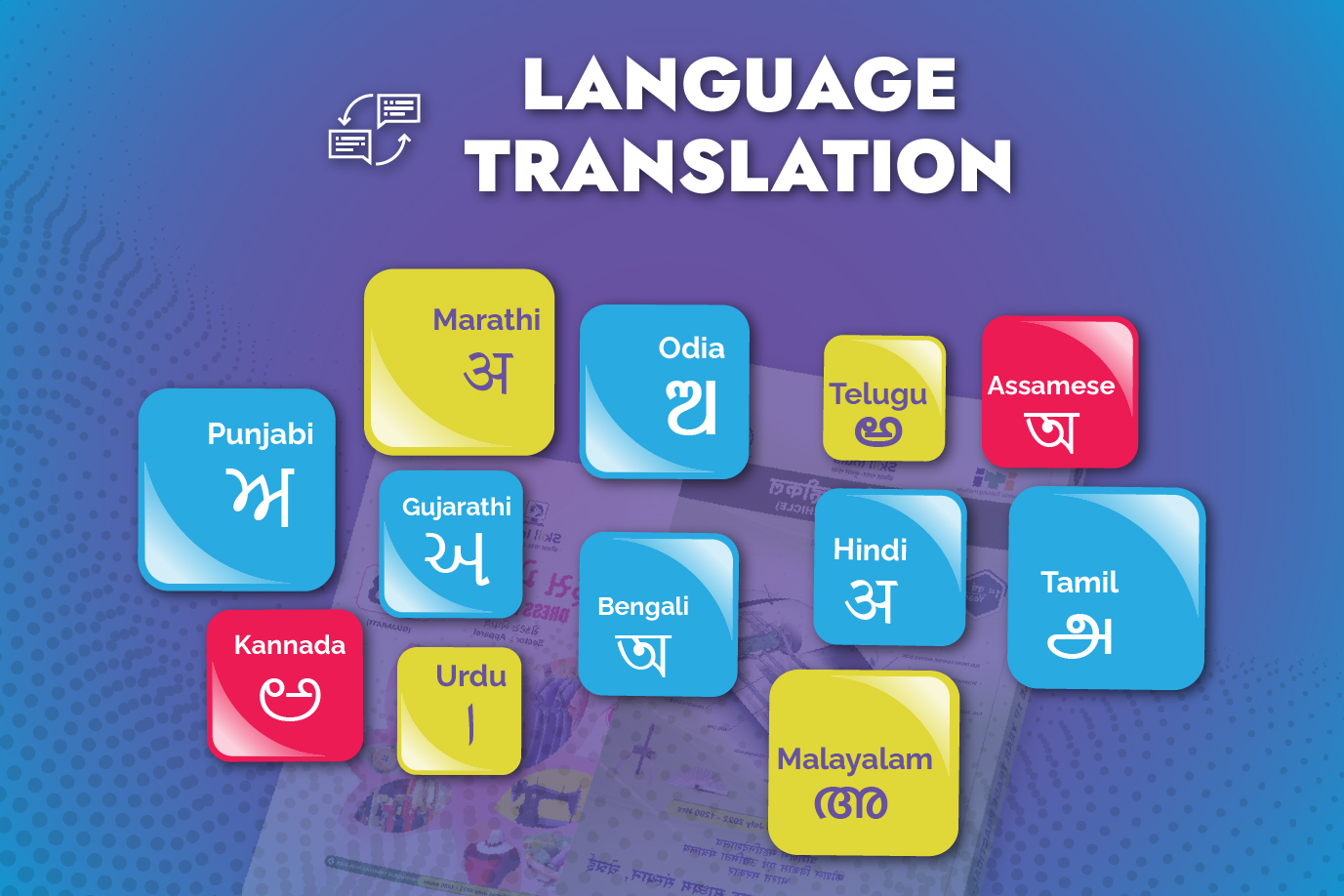
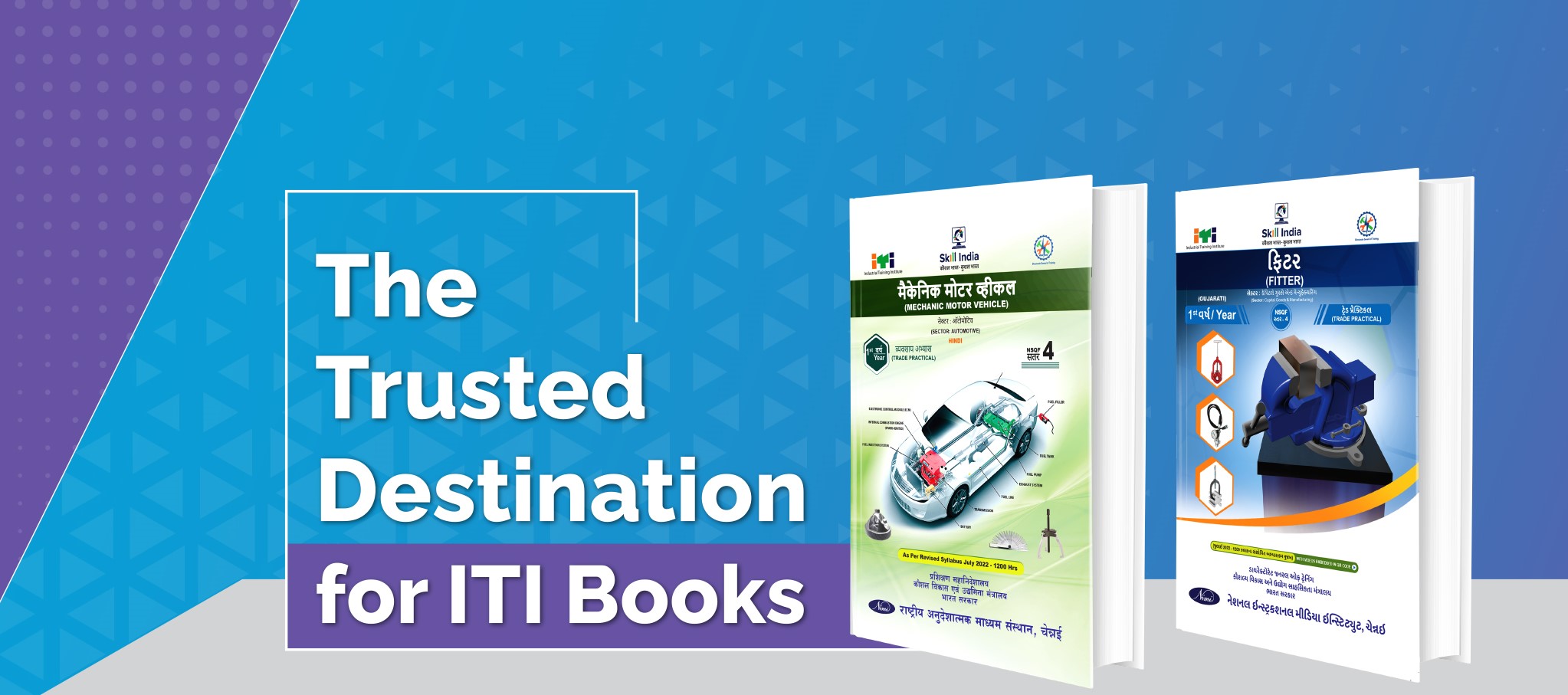
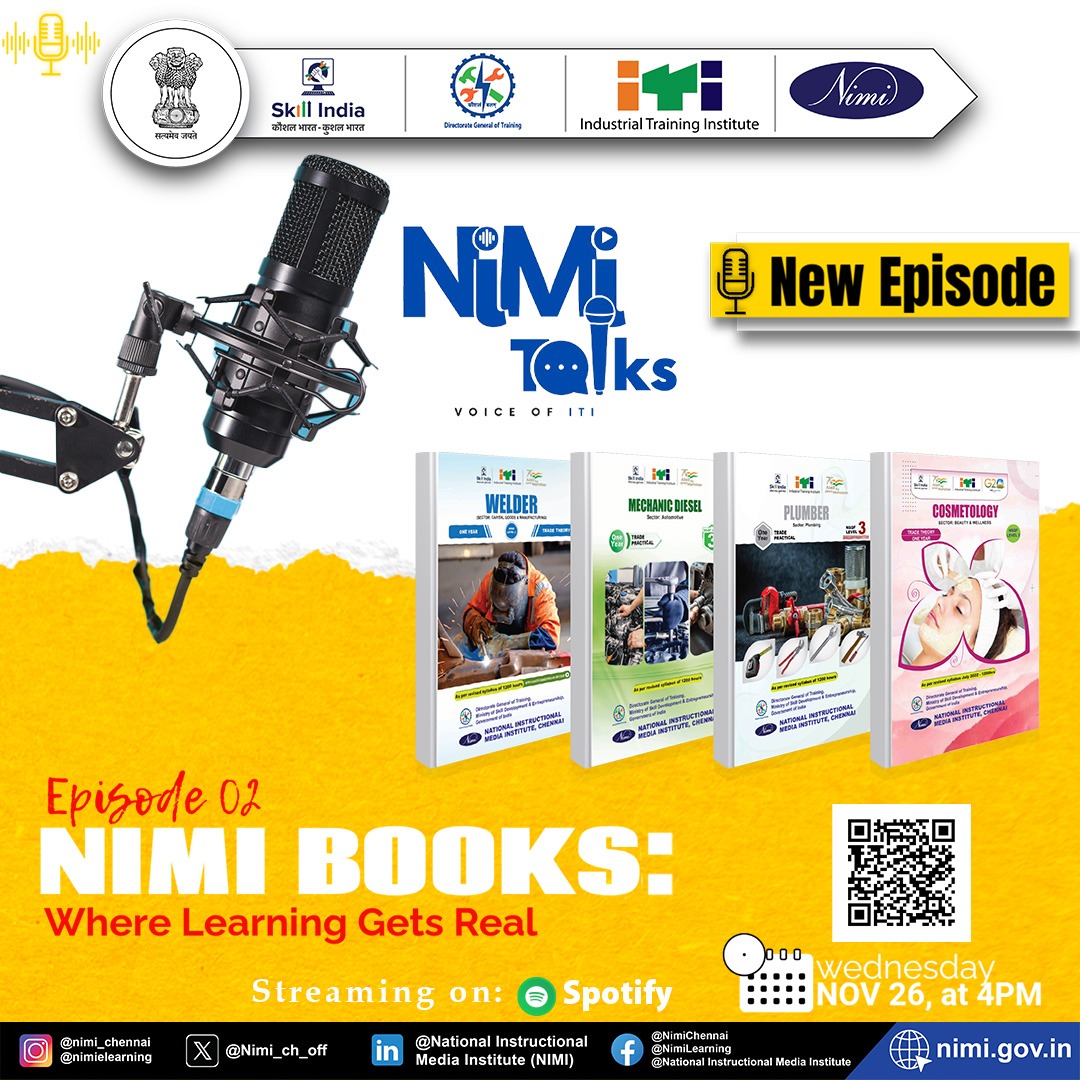
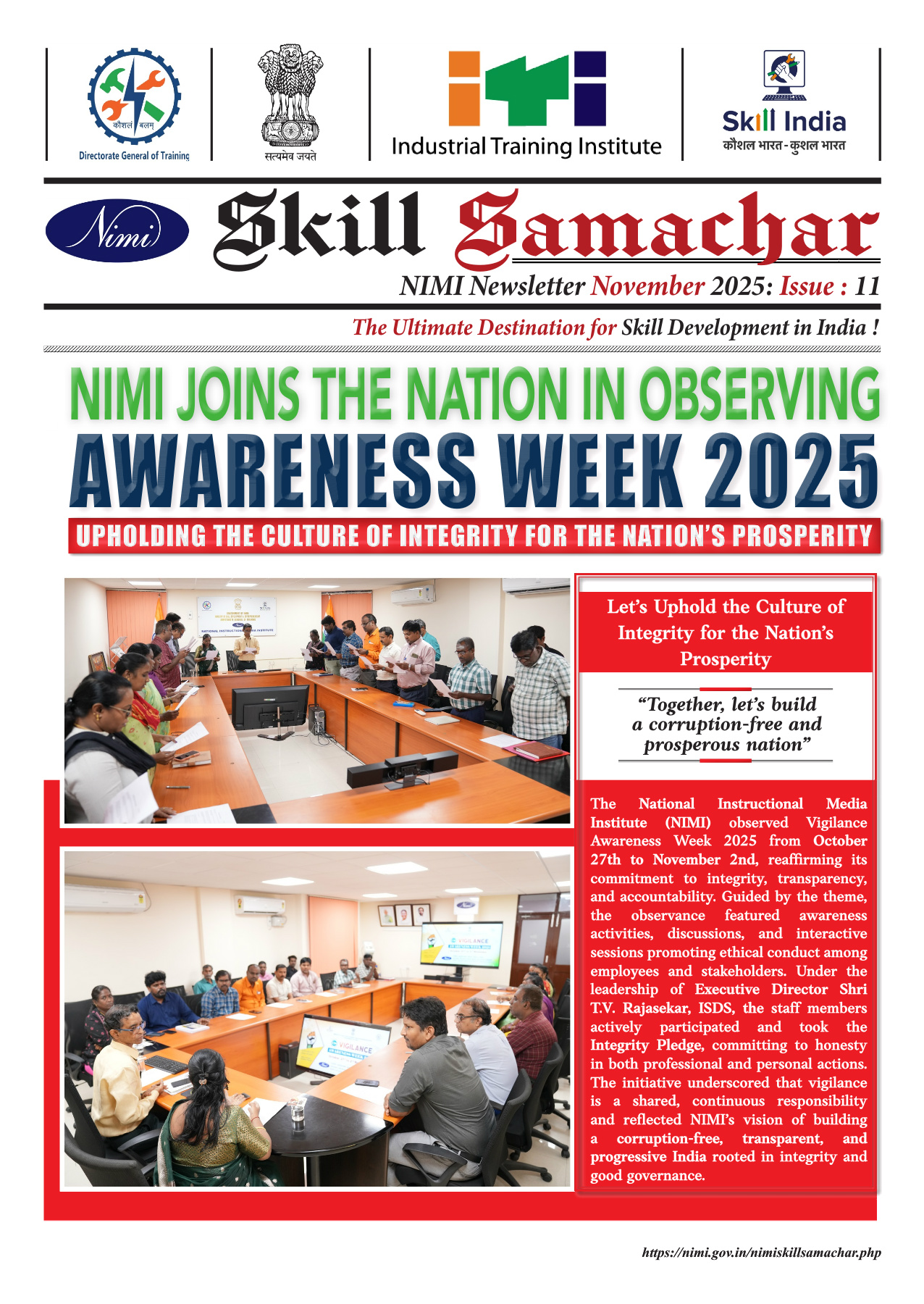
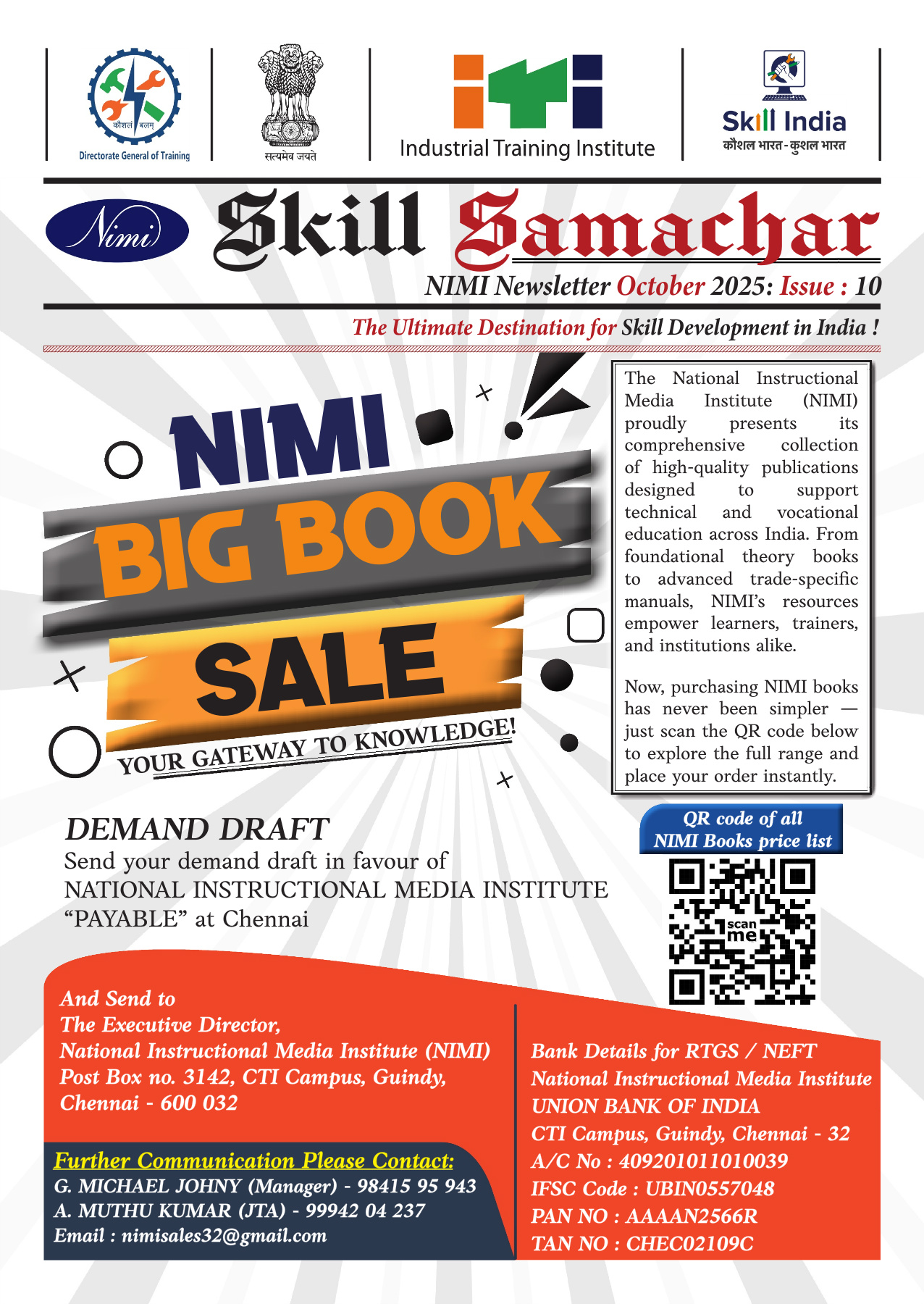

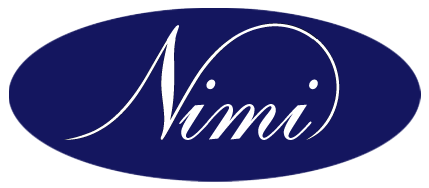
Priyanka Gupta
7 months ago
Nice blog ...